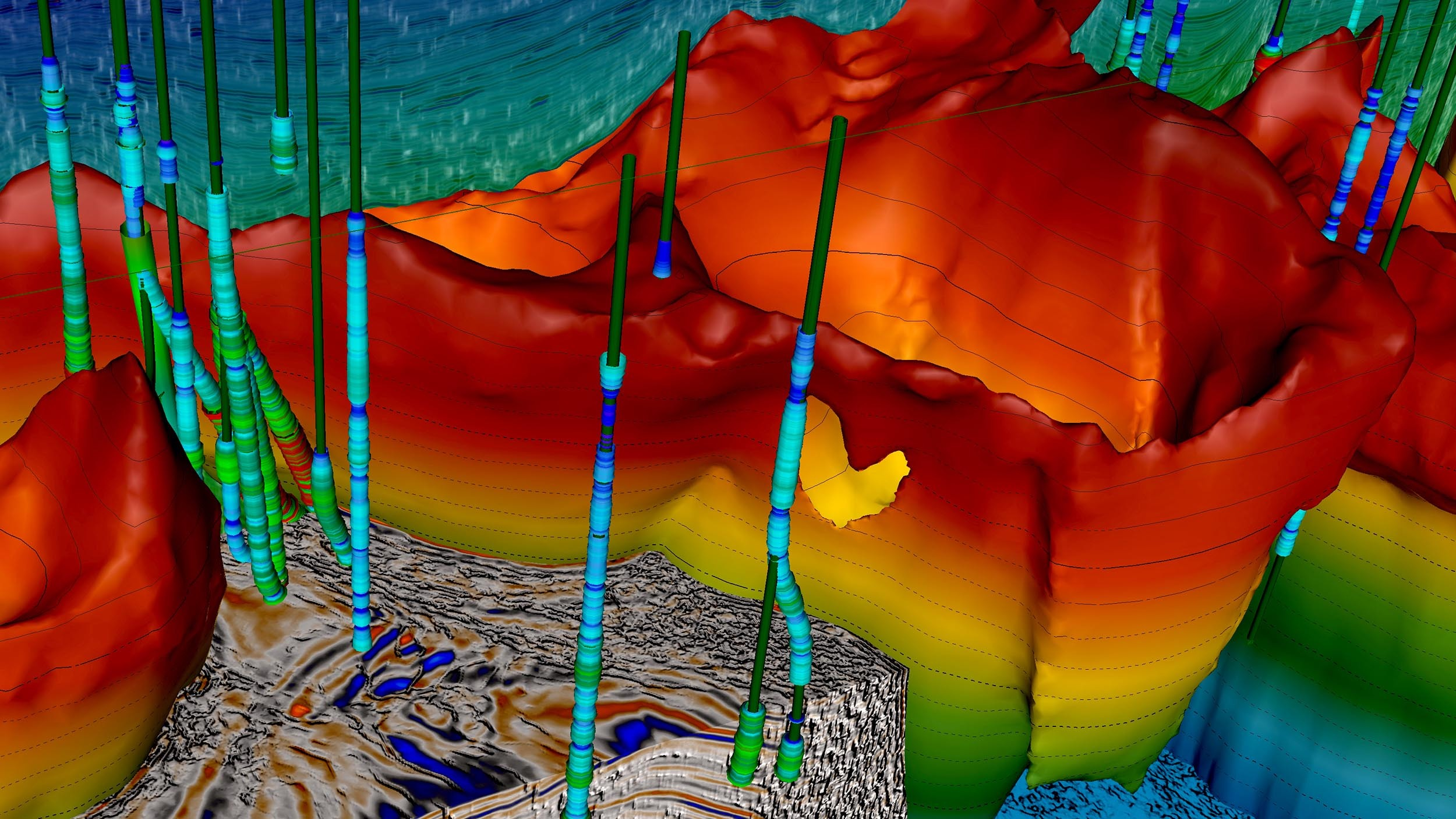 Search
Search
 Search
Search

Integrated Halliburton petrotechnical teams transform formation evaluation and production data into applied reservoir knowledge and solutions.
Talk to an expertHalliburton geomechanics and acoustic professionals collaborate with customers globally to build robust rock physics and geomechanics models. These models reduce uncertainty and help manage risk, from planning safe drilling to optimal completion and production for high porosity to ultra-tight reservoirs.
Halliburton’s geological interpretation offers an understanding of the structural and sedimentary setting of the reservoir used to determine accurate volumetrics. Image analysis provides detailed interpretation of dips, the presence of stratigraphic features and fractures, formation laminations, and a textural analysis of relationships between porosity and permeability. Our digital rock analysis uses machine learning to organize and synthesize rock data to deliver a holistic view of the geological environment.
Our integrated geoscience team incorporates a broad range of advanced petrophysical logging data to evaluate the most complex reservoirs, from conventional clastic and carbonate to laminated, low resistivity or unconventional reservoirs, unveiling maximum resource potential. Geological data, such as reservoir thickness and porosity characterization, combined with pressure enables robust resource estimates and reservoir development strategies.
Our reservoir engineers optimize pressure testing and sampling to accurately determine reservoir productivity. We help operators evaluate reservoir connectivity with advanced formation testing and quickly identify types and contacts with fluid gradient analysis. Pressure transient and rate transient analysis illuminate system permeability and potential damage or boundaries. To help operators plan completions, flow assurance, and field development, our engineers identify and quantify reservoir pressure and fluids along with fluid density and composition.
Halliburton production management uses static and dynamic data from the wellbore environment to maximize hydrocarbon production in a safe and cost-effective way. Our engineers analyze and integrate downhole and surface data to diagnose issues at the source and design potential remedies. By harnessing the power of our technologies and integrating all available data, we can help you improve your reservoir understanding and maximize recovery.
